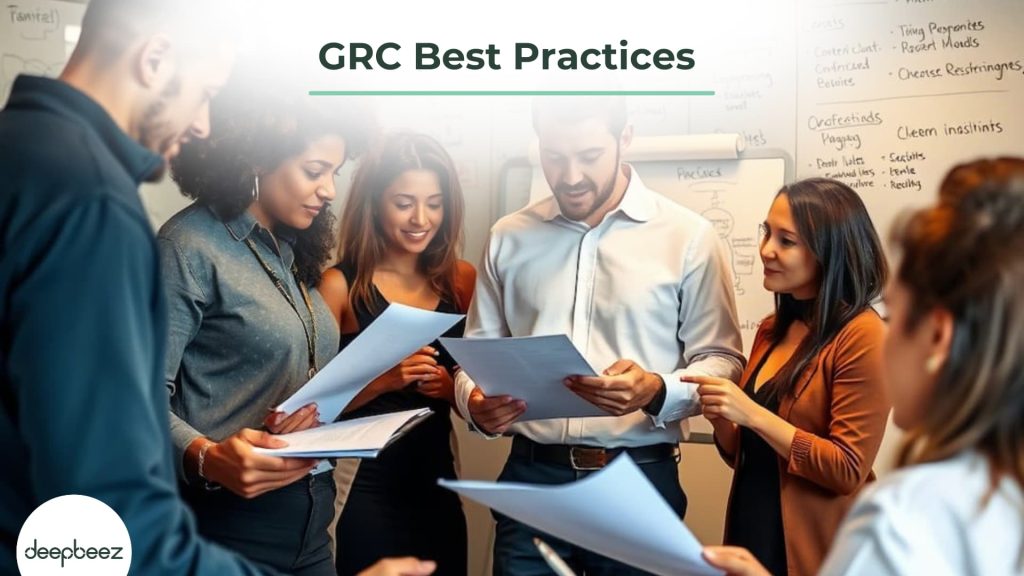Have you ever wondered how successful organizations manage to stay compliant with countless regulations while effectively managing risks and maintaining strong governance? The answer lies in implementing a robust GRC framework.


Have you ever wondered how successful organizations manage to stay compliant with countless regulations while effectively managing risks and maintaining strong governance? The answer lies in implementing a robust GRC framework.